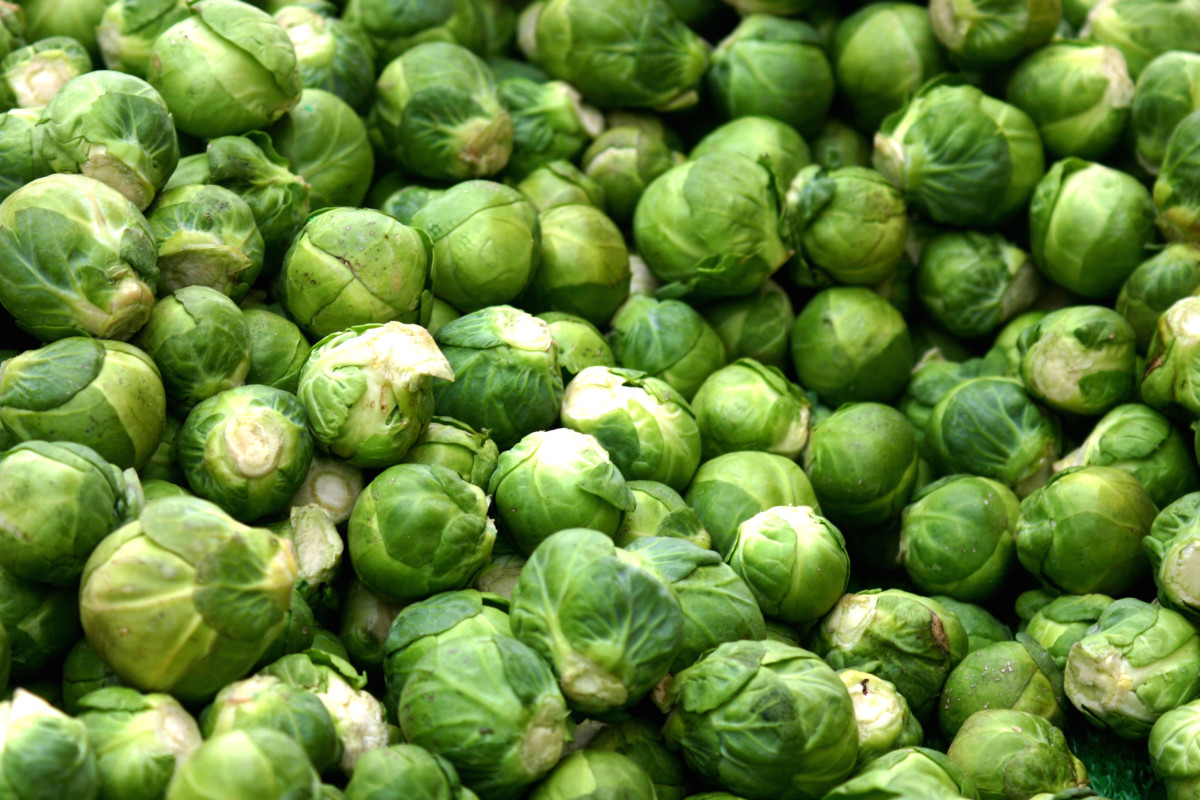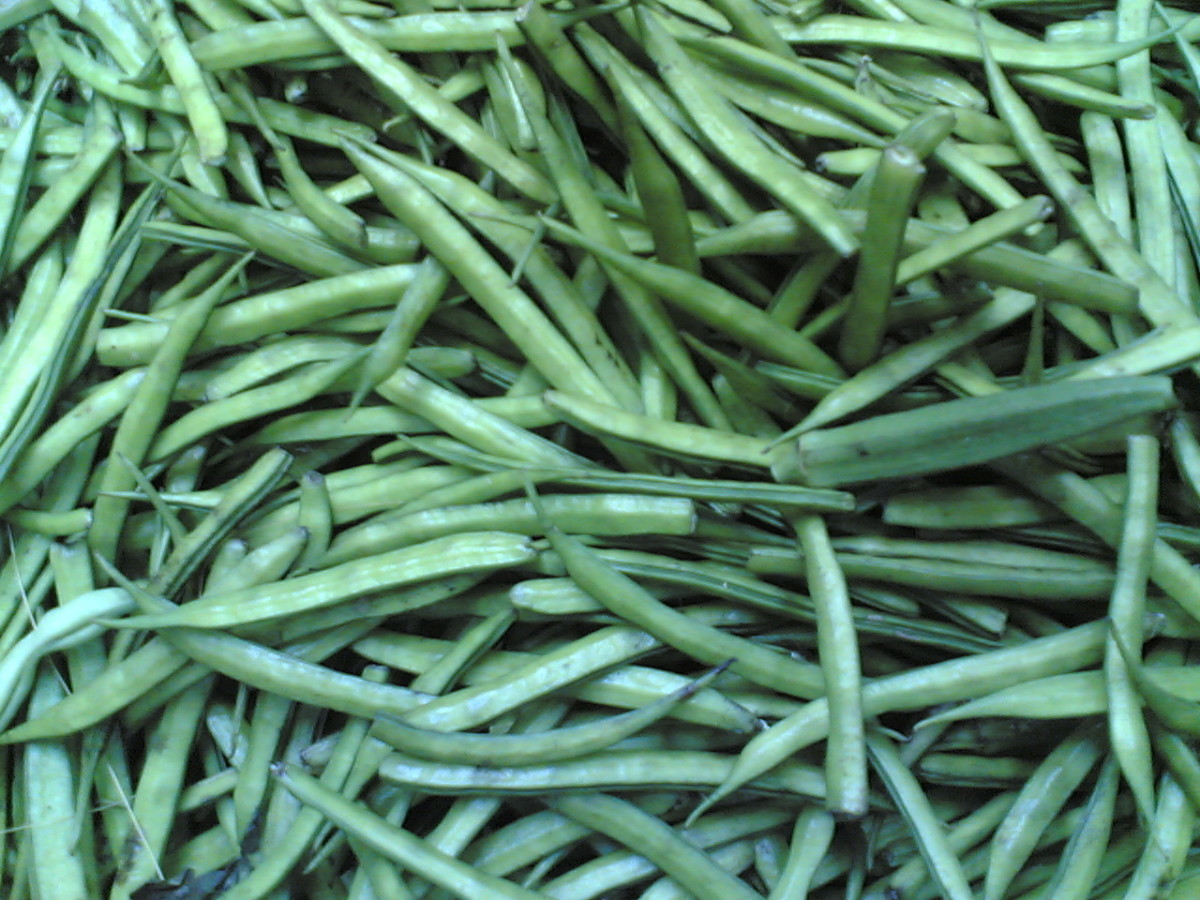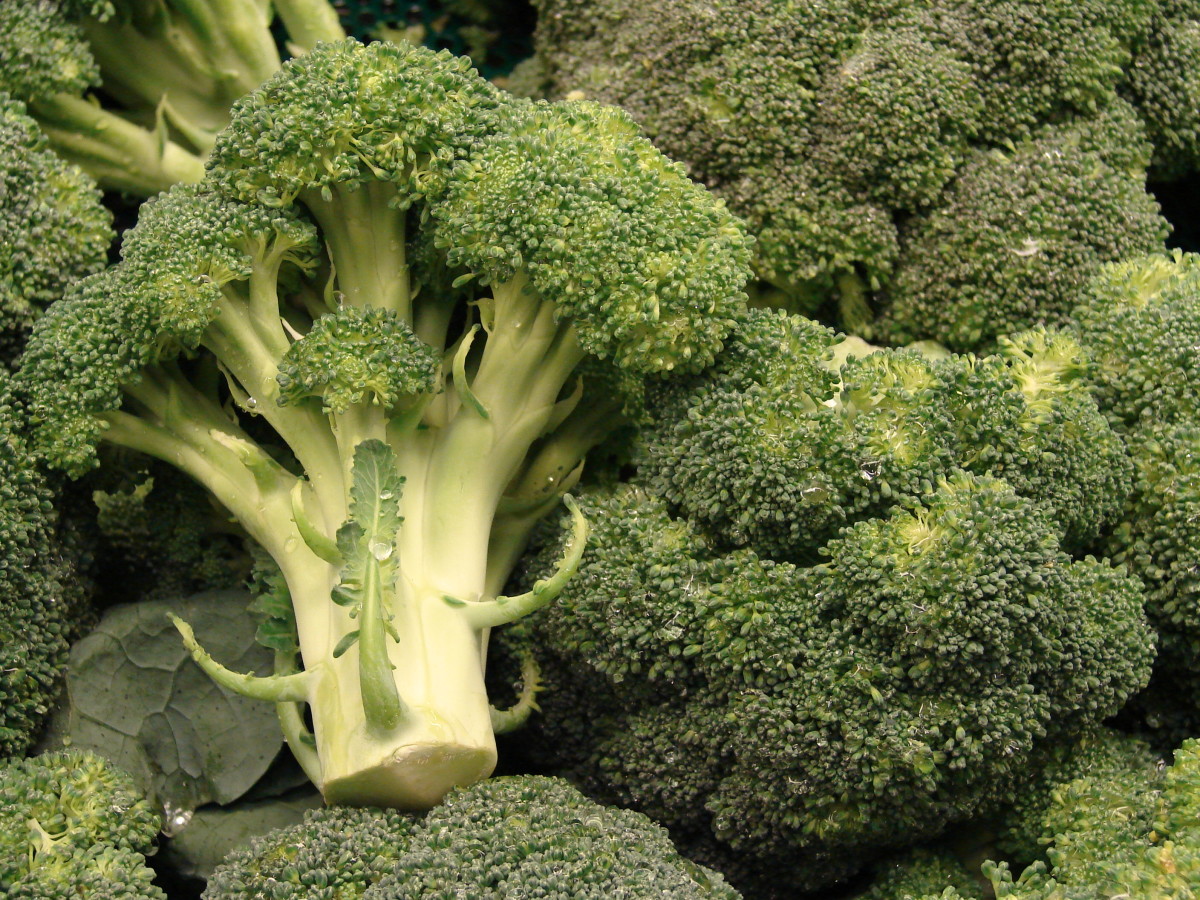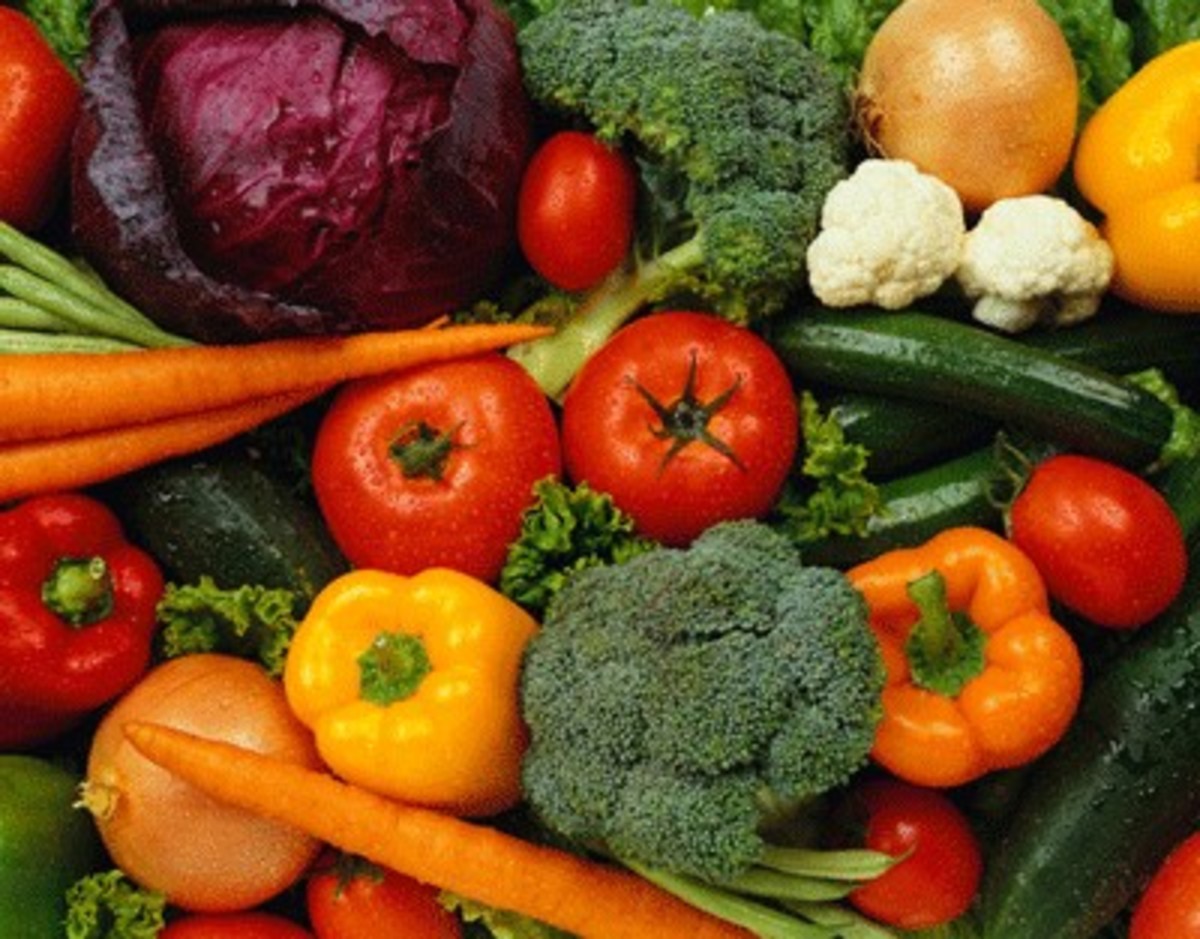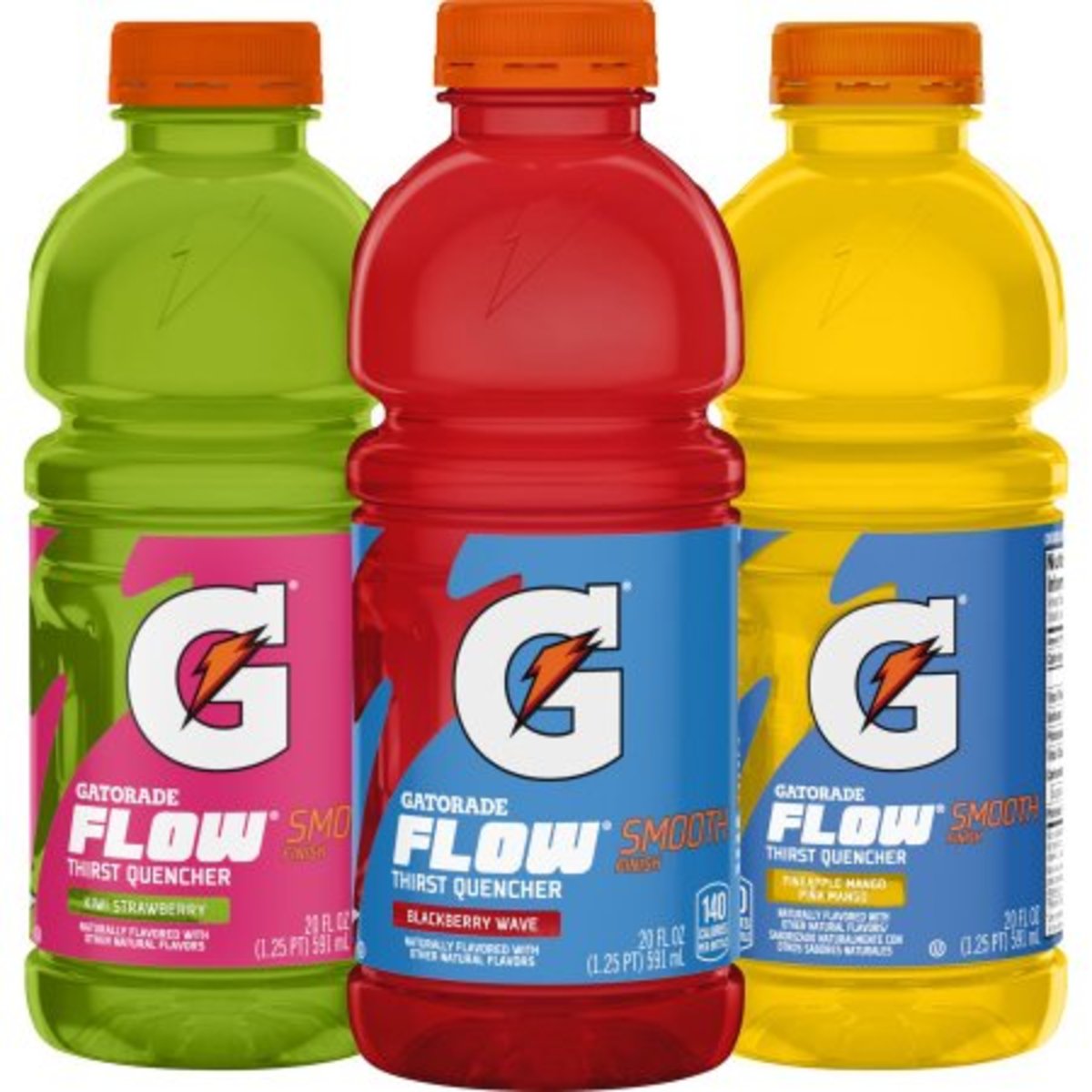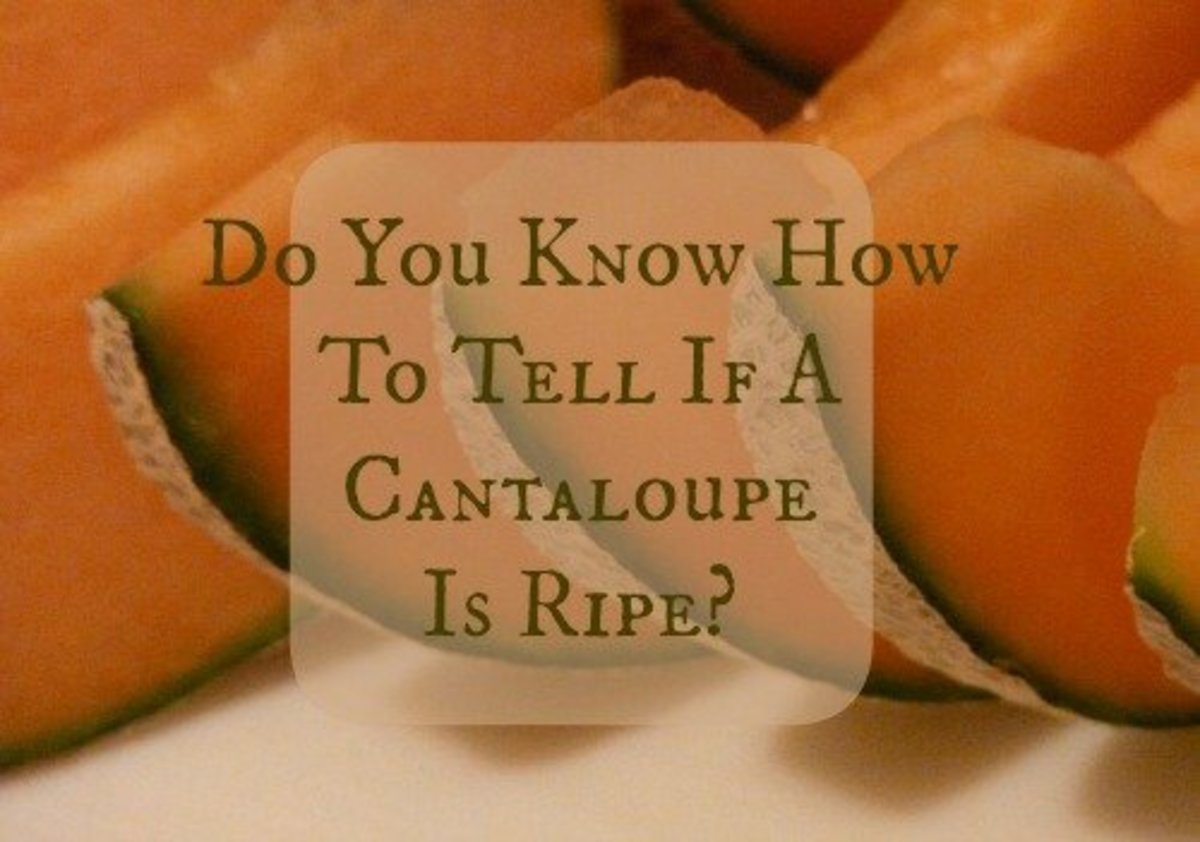Broccoli Health Benefits
What Are Broccoli's Health Benefits?
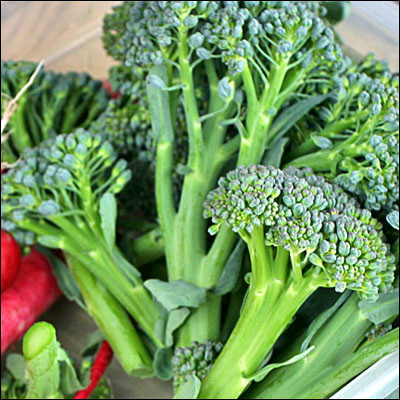
The History of Broccoli
The word broccoli, from the Italian plural of broccolo, which refers to "the flowering top of a cabbage".
The name comes from the Latin word brachium which mean “branch” or “arm”. Broccoli looks like a tree and the many parts of this vegetable provides a variety of tastes and textures.
One of the most popular types of broccoli sold in North America is known as Italian green, or Calabrese, named after the Italian province of Calabria where it first grew.
Broccoli originated in Italy. Back in Roman times, it grew from wild cabbage similar to collards. Italian immigrants brought broccoli to the U.S. during colonial times.
Broccoli Health Benefits
Broccoli is a cruciferous vegetable.
- A study was recently done by scientists in Oregon at The Linus Pauling Institute to see if supplements containing the same nutrients as broccoli are as good as eating the actual food. Some vitamains, such as folic acid, and vitamin D, are absorbed better, or easy to add to our diet, as a supplement, than through food that we consume.
Broccoli Health Benefits
There are many health benefits to broccoli.
With all the nutrients it supplies,broccoli is better to eat, than to take the same nutrients as a supplement. The value of what broccoli offers comes from the food itself.
There is an enzyme called myrosinase that is missing from the supplements. This enzyme helps the body absorb 5 times of one type of compound and 8 times of another.
- If broccoli is overcooked, or cooked until it is soft and mushy
It has less health value. Cooking broccoli slightly for 2 or 3 minutes or steaming it until it is still crunchy will let it retain its nutrients and the needed enzyme.
Broccoli contains the highest level phytochemicals chemicals called glucosinolates that scientists believe may reduce the risk of breast, prostate, colorectal, and lung cancer.
When eaten raw or slightly cooked, it helps break down the glucosinolates that helps detoxify carcinogens and help activate tumor suppressing genes.Other cruciferous vegetables such as cauliflower, kale, and cabbage. They should be slightly cooked also.
Many supplements are necessary to get to the optimal levels in our diet, such as, fish oil, vitamins E, and C.
Some Cruciferous Vegetables
Members of the cruciferous family include
- broccoli
- cauliflower
- brussels sprouts
- kale
- cabbage
- bok choy
Cruciferous vegetables contain vitamins, minerals, fiber and phytochemicals that are healthy for us.
Broccoli Health Benefits Make It Well Worth Eating
What do cruciferous vegetables have going for them?
- lower your risk of getting cancer - some studies have shown these vegetables can stop the cancerous growths in the breat, endometrium and(uterine lining), cervix, liver, lung, prostate and colon. Sulforaphane, indole 3-carbinol, and crambene - 3 phytochemicals in these vegetables using different mechanisms, help stimulate enymes that may detoxify carcinogens before they ever damage cells. Cruciferous vegetables also have the power to reduce the harm from oxygen free radicals, which our bodies generate automatically.
- may help to protect the body against cardiovascular disease and the risk of type 2 diabetes.
- Broccoli can lower cholesterol when you cook it by steaming. The fiber-related components in broccoli help bind together with bile acids in your digestive tract and make it easier for the bile acids to be excreted, thereby lowering your cholesterol Steaming is the most effective way to help it bind, although raw broccoli still has cholesterol-lowering ability, just not as much.
- The B-complex vitamins in broccoli can also make a major contribution to our cardiovascular health. Especially with respect to excessive formation of homocysteine—an event which raises our risk of atherosclerosis, stroke, and heart attack—B-complex vitamin deficiency intake can pose a major risk. Three B vitamins especially important for lowering our risk of hyperhomocysteinemia (excessive formation of homocysteine) are vitamin B6, vitamin B12, and folate. By making an important contribution to our B6 and folate intake, broccoli can help us lower our risk of excessive homocysteine formation and cardiovascular problems that are related to excess homocysteine.
It has been noticed that people who eat broccoli may have a lower risk of having cataracts. Broccoli also may help detoxify the skin and help counteract the effects of sun damage. Broccoli also is an excellent source of vitamin K, and vitamin A. These vitamins when eaten with foods and supplements of vitamin D, can help offset vitamin D deficiency in these people.
- Broccoli may help us solve our vitamin D deficiency. Vitamin A and vitamin K help keep our vitamin D metabolism in balance. Broccoli has an unusually strong combination of both vitamin A (in the form of beta-carotene) and vitamin K.
- Broccoli is a particularly rich source of a flavonoid called kaempferol. Recent research has shown the ability of kaempferol to be an anti inflammatory and to reduce our exposure toallergies. essen the impact of allergy-related substances on our body.
Broccoli is Very Nutritious
Comparison of Cruciferous Vegetables
Which cruciferous vegetables have the most vitamin A, vitamin C, and folic acid? The answers are:
- Kale (vitamin A)
- Broccoli (vitamin C)
- Brussels sprouts and broccoli (tied for folic acid)
Enjoy your cruciferous vegetables by: eating them only slightly cooked or raw. Add them to your casseroles, soups, stews, salads, and vegetable trays.
Many Research Studies Back Up Broccoli's Health Benefits
- There have been over 300 research studies done on broccoli to help us understand the unique health benefits of this cruciferous vegetable.
How to Buy Broccoli
Fresh broccoli is best bought when the florets look firm, with a dark green or bluish hue on the top. These contain more beta carotene and vitamin C than the florets with a lighter green top.Old broccoli looks yellow, is limp and bendable.
- Choose broccoli with floret clusters that are compact and not bruised.
- They should be uniformly colored, either dark green, sage or purple-green, with no yellowing.
- They shouldn’t have any yellow flowers blossoming through.This is a sign of over maturity.
- The stalk and stems should be firm with no slimy spots appearing either there or on the florets.
- If leaves are attached to the stem, they should be vibrant in color and not wilted.
How to Store Broccoli
Store in the refrigerator where it will keep for 10 days.
- Do not wash broccoli before storing because exposure to water encourages spoilage.
- Partial heads of broccoli should be placed in a well-sealed container or plastic bag and refrigerated.
The vitamin C content starts to quickly degrade once broccoli has been cut, so use it within a couple of days.
- Broccoli that has been blanched and then frozen can stay up to a year.
- Leftover cooked broccoli should be placed in tightly covered container and stored in the refrigerator where it will keep for a few days.
How to Prepare and Cook Broccoli
- Rinse broccoli under cold running water.
- Cut florets into quarters for quick and even cooking.
- Peel and cut the stems of broccoli; they provide a good balance of flavors. Cut the stem into 1/2" slices For a healthier benefit, let it sit for several minutes before cooking.
If you're cooking broccoli, cook at a low cooking temperature in a range that includes the steaming temperature of 212°F (100°C),Only cook the florets for 5 minutes maximum. The stems take longer to cook, they can be prepared separately for a few minutes before adding the florets. To cook quicker, make lengthwise slits in the stems.The leaves are edible and have nutrients if you would like to eat the leaves.
Steaming broccoli for maximizes nutrition and the flavor. Fill the bottom of a steamer pot with 2 inches of water. While waiting for the water to come to a rapid boil prepare broccoli florets and stems. Steam stems for 2 minutes before adding the florets and leaves. Steam for 5 more minutes.
In all cases, steaming has been shown to do a better job of preserving nutrients than other cooking methods. Microwave is not preferable because the hot water that comes in contact with the the broccoli can leach out some of the nutrients.
Stir-Frying Broccoli
Stir fried broccoli also loses nutrients when the broccoli comes in contact with the hot oil. If you do stir-fry your broccoli, use a lower-heat skillet (at approximately 250°F/121°C) and a cook for a very time of 3 minute or less.
Raw Broccoli and Broccoli Sprouts
Both cooked and raw broccoli can make excellent additions to any meal. Raw broccoli is also wonderful to eat. Slicing a few minutes prior to eating or thorough chewing of unsliced pieces will help activate sulfur-metabolizing enzymes. Another form of broccoli you may also want to try in you enjoy raw broccoli is broccoli sprouts. Some of the nutrients found in broccoli—like vitamin C—are especially concentrated in broccoli sprouts. Remember that all raw broccoli requires more thorough chewing than cooked broccoli, so take your time enjoying the textures and flavors of this amazing vegetable.
Broccoli can be served tossed with pasta and olive oil. Add salt and pepper to taste. Broccoli makes a great side dish, raw or slightly cooked. Enjoy broccoli in fresh salads and in omelets.
A Steamer Enhances Broccoli Health Benefits
Broccoli Health Benefits Are Many
Broccoli is a hute little vegetable that has the power to heal. It is versatile and adaptable in many recipes. As a side dish, there are numerous recipes that make broccoli a delectable food. So eat your vegetables and include broccoli. Be sure to enjoy the broccoli health benefits in many ways and many meals. Nature has provided us with many foods that are designed to benefit us in many ways. Lemons are another one of natures's gifts.
Other Healthy Fruits and Vegetables
You can learn more about the benefits of tomatoes. Read whether the U.S. Supreme Court declared tomatoes a vegetable or fruit.
more articles by toknowinfo
- Economical Super Bowl Recipes for a Money Saving and...
Game time and the food is on! On Super Bowl Sunday people consume more calories and more food than almost any other day besides Thanksgiving. Super Bowl Sunday is becoming un officially known as National... - Tomato - Vegetable or Fruit?
The story of tomatoes starts long ago in South America. As it made its way to Europe and around the world and to the U.S.A., its popularity grew. Our founding fathers like Thomas Jefferson grew his own tomatoes, just as many of us do today. ... - Easy Tomato Recipes You Can Make
Tomatoes are used in so many dishes from around the world. There are countless recipes that include the versatile tomato as a main ingredient or as a base for its recipes. The tomato plant was originally cultivated in Peru and Mexico area. The... - About Peaches
There may be over 4,000 varieties of peaches throughout the world in round, and even flat shaped fruit. According to the Wall Street Journal, the “best peach on earth” is in a little town 90 minutes from Shanghai, China. Apparently, they are so... - Foodisms: Smart Info About a Smart Food - Avocados
The use of avocados can be found in evidence dating back to approximately 10,000 years ago. The Aztecs called this food ahuacati which means testicle because of its shape, and the belief that it offered sexual prowess, Avocados were thought to be... - Natural Healing Powers of Gemstones - Myth or Scienc...
In ancient times, some cultures believed crystals had special natural healing properties. In addition to healing, crystals were also used to summon the dead, to learn about distant events and as way to tell the future. (crystal gazing known as...



